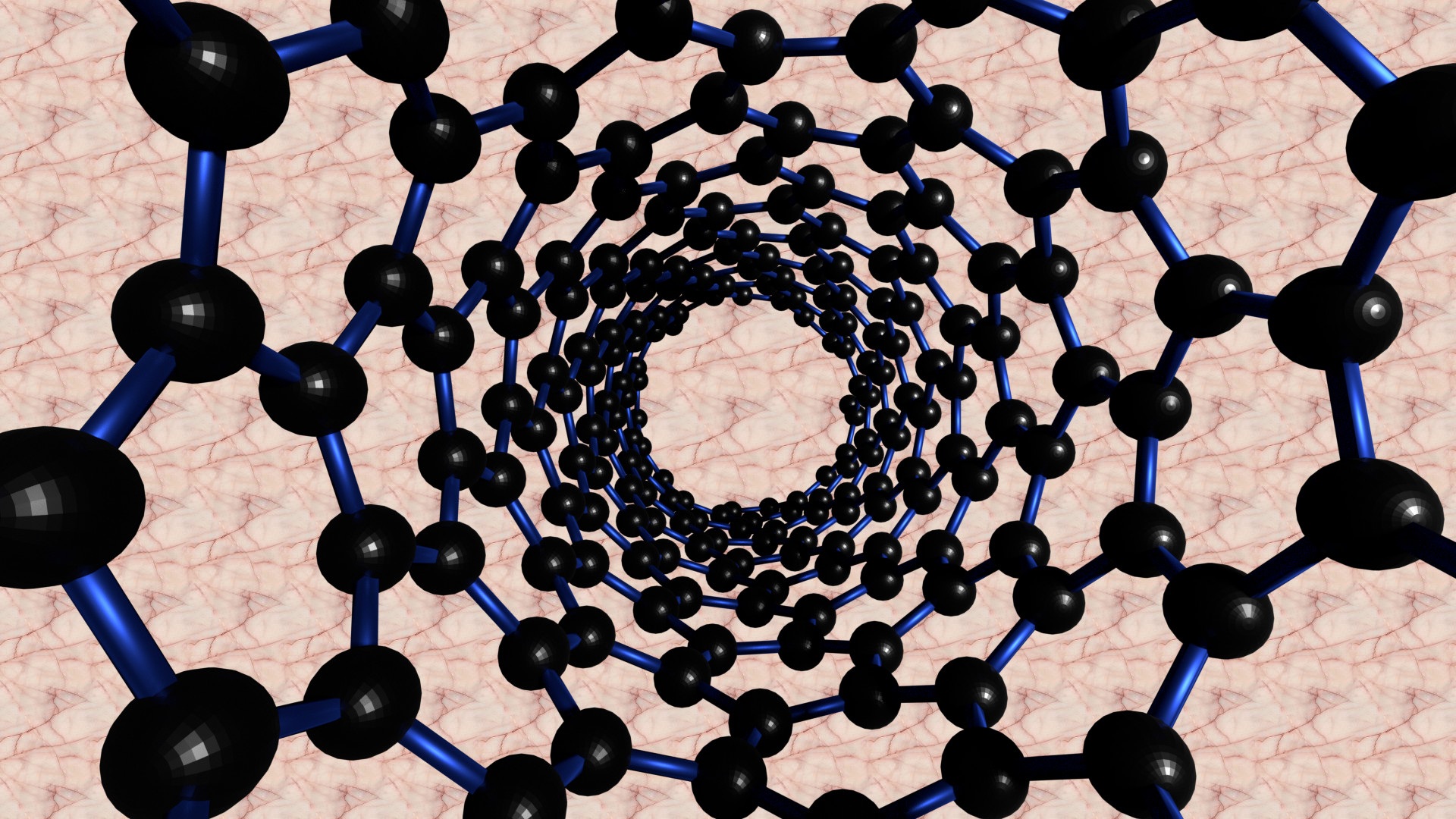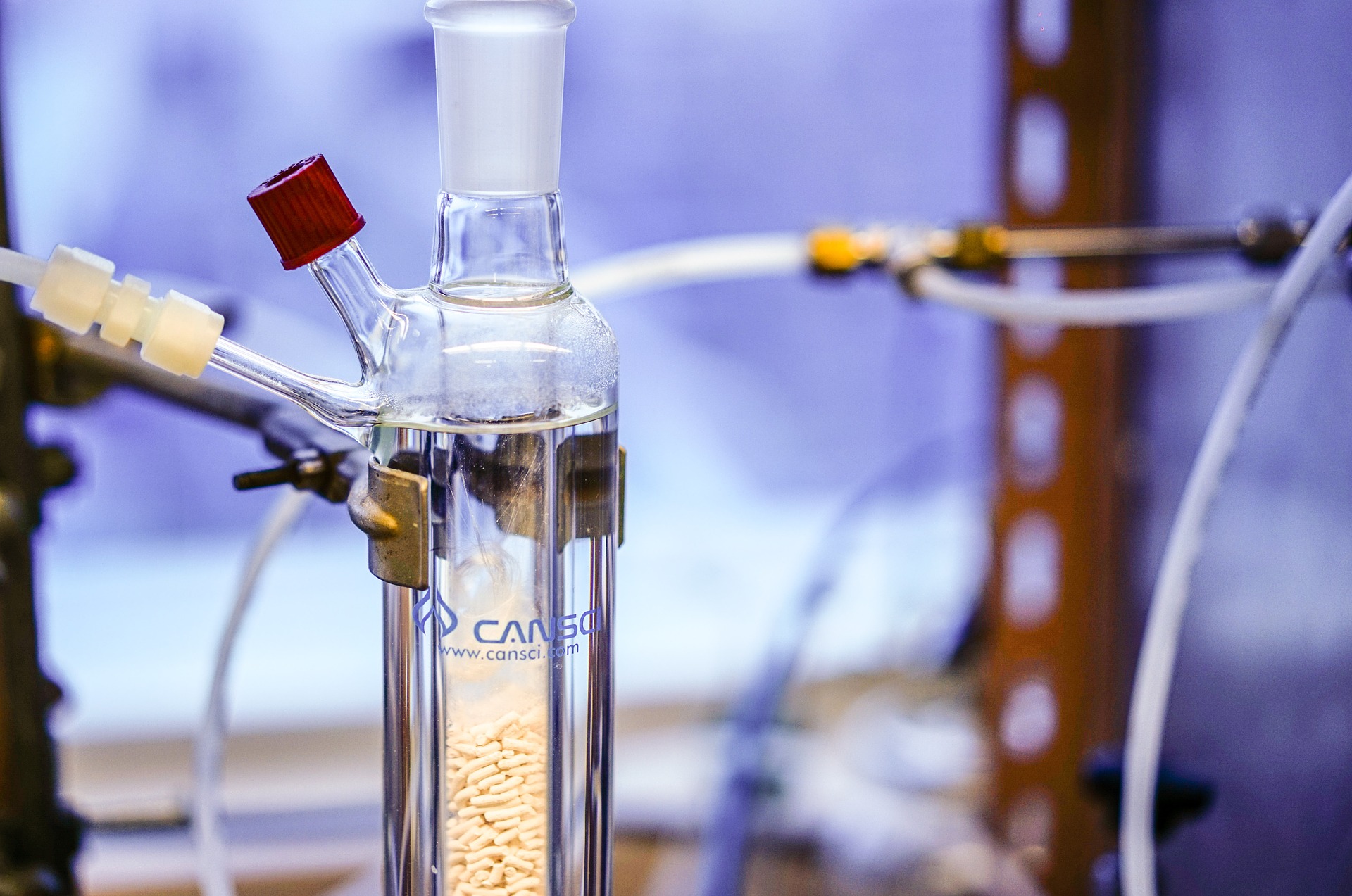The main purpose of the highlighted project is to offer an efficient lubricant, which will reduce damage to engines, increase fuel efficiency and further reduce gas emissions.
Low Carbon Brazil’s team talked to Péricles Pinheiro Filho, from CHP Brasil, a company from Rio de Janeiro, specialized in energy efficiency solutions for biogas and cogeneration, which is now exploring a new line of business. And we also talked to Luís Pereira, from Nanol Technologies, a company from Finland and a pioneer in the use of nanotechnology to create lubricants that reduce fuel and oil consumption, as well as extending the useful life of the main components of engines and machines.

The development of the Nanol® lubricant at CHP’S plant will be another step for Brazil towards promoting energy efficiency and the reduction of harmful emissions to the environment. Check the interview below.
1. Could you explain how the partnership with CHP Brazil has been established and how important Low Carbon Brazil has been in that process?
Luís Pereira/Nanol Technologies: This partnership emerged from the studies and tests carried out at CENPES (Petrobras Research Center) with mineral oils provided by Petrobras and the Nanol additive. At that time, the performance tests for the additive were carried out in partnership with the Federal University of Rio de Janeiro and CENPES, and very positive results were obtained. Nanol Technologies was presented to CHP Brazil at one of Low Carbon Brazil’s events. At that time, a test with the additive in gas engines was proposed with the purpose of developing and expanding the product’s scope to other applications, because at that time it was being used in 4-stroke medium engines (in boats) powered by diesel and/or crude oil.
2. How has NANOL TECHNOLOGIES’ lubricant been developed? What was the required demand (sustainability, efficiency, durability)?
Luís Pereira/Nanol Technologies: Nanol has developed a new lubricant oil additive patented with nanotechnology to reduce friction and wear in equipment. The lubricant oil additive utilizes nanotechnology innovation that provides friction reduction, making the engine perform more efficiently because it preserves parts from constant contact with gears. The development of such a lubricant is a slow process, since it requires a series of tests under controlled conditions and many repetitions.
Since it is an additive, Nanol Technologies’ product can also be offered to the oil and lubricant grease market, with a variety of applications that allow significant cost savings for customers.
Numerous laboratory tests have shown positive results in reducing wear by up to 20% and a superior performance when the Nanol additive was used.
Shipping companies have found that fuel consumption in the engines tested with Nanol® was reduced by 3-5% on average. In addition to that, the analyses performed on the utilized oils indicated lower levels of wear metals in the oil. It was also found that maintenance intervals could be extended and subsequent engine inspections demonstrated superior engine cleanliness in relation to the general condition.
The standalone Nanol® lubricant additive is currently used in more than 30 marine diesel engines.
3. Qual foi o processo de desenvolvimento até chegar a um lubrificante mais eficiente, sustentável e com vida útil maior?
Luís Pereira/Nanol Technologies: The implementation of this project with Low Carbon Brazil is still being completed. The Nanol additive has already been tested on a wide variety of oil types and brands for medium diesel and crude oil engine applications. And a high synergy has been detected with the lubricants that are already available in the market. This means that the available lubricant brands could be easily incorporated into the project, easily tested and subsequently used. However, the need to conduct field tests with gas engines is justified because Nanol Technologies has no experience with this kind of application. For this reason, tests are very important to learn about engine performance, lubrication regime and other parameters such as fuel savings and gas emissions.
In addition to that, field tests will indicate the natural condition for the lubricant fed into the engine. The obtained results will be exactly the same as those obtained under real conditions.
In this case, the process can be simplified by using the following main steps:
• Obtain detailed information on the lubricant’s application;
• Define specific performance requirements;
• Get details about test requirements;
• Assess market potential and cost targets;
• Develop the formulations for additives and lubricants;
• Perform bench, platform and engine tests to demonstrate performance;
• Finalize the composition of new lubricant products;
• Test performance: confirm the tests performed in laboratory benches, equipment and engines;
• Field testing: in large industrial engines used in power plants.
4. Has the product been tested outside of Europe? What have been the results provided by the tests in engines?
Luís Pereira/Nanol Technologies: Yes. In Bangladesh, with company Iqra Power Ltd., and Nanol has opened a new front in the "War on Friction". The purpose is to work in the energy generation sector, and also in the automotive and maritime sectors.
In Brazil, the additive has been studied by the Federal University of Rio de Janeiro – Brazil. The experiment with basic mineral oil provided by Petrobras has shown that the Nanol additive is remarkable as an anti-wear agent, with a wear reduction of up to 64%. Tests with engines are underway in Brazil.

5. Have studies that prove the benefits to the environment already measured how much less pollutant it is, and how much it might reduce greenhouse gas emissions? If so, could you disclose some data?
Luís Pereira/Nanol Technologies: A life cycle analysis for the Nanol additive was undertaken at the University of Applied Sciences of Turku – Finland during the summer of 2016.
According to the calculations made in that analysis, the benefits in reducing ship emissions were much higher than the negative effect of the emissions generated during Nanol’s production process.
For the emissions related to the diesel consumption in a ship, only the effects of diesel burning were taken into consideration. If the entire life cycle of the diesel were taken into consideration (such as oil drilling and refining), Nanol’s benefits would become even more prominent.
The total annual environmental impact of Nanol, when used in a ship as in the abovementioned example, would be to reduce a ship’s emissions, minus the emissions generated by the process to produce the quantity of Nanol used annually, the equivalent to a 390 – 977-ton reduction in CO² emissions.
6. What are the biggest challenges in relation to regulations, subsidies, financing or others, existing in Brazil for this type of product?
Luís Pereira/Nanol Technologies: Among the biggest challenges such a project faces we may mention:
- The time to place the product in the market;
- The sale cost is very high in Brazil because a new company will spend a lot in order to demonstrate the efficiency of a product and, in most cases, obtaining a return takes time, especially for products offering medium/long-term results;
-Investments in this area have to go through a competition and, in most cases, they are difficult.
7. CHP Brasil is a company that aims at offering Distributed Generation (GD) gas solutions to promote energy savings, higher energy efficiency and continuous generation. How did you become interested in joining a Low Carbon Brazil project with NANOL TECHNOLOGIES, which develops lubricants?
Péricles Pinheiro/CHP Brasil: It was mostly due to the fact that lubrication is a critical point for natural gas and biogas generators, because it is directly connected to energy efficiency, maintenance cost and useful life of an equipment, which are extremely important objectives for end clients and for CHP BRASIL.
We had already thought about developing something like that, considering CHP Brasil’s relationship with BR Distribuidora, but with Low Carbon Brazil we have had the chance of being close to something new in the Brazilian market.
8. How has that initiative facilitated the project’s implementation?
Péricles Pinheiro/CHP Brasil: Low Carbon Brazil has been indispensable for the project’s evolution, especially during the second phase of the program. Without their initiative and resources, virtually nothing would have come out of the paper.
9. At what stage is the project right now?
Péricles Pinheiro/CHP Brasil: The project involves testing a lubricant in a biogas-powered generator that operates 24 hours, 7 days a week, with a capacity factor of around 95%, requiring maximum performance from the lubricant. We are in the last phase of the project which involves using the lubricant with NANOL’S nano additive.
10. What are the differentials and advantages of this lubricant in relation to the existing ones in Brazil?
Péricles Pinheiro/CHP Brasil: In practical terms, we do not have the answers to this question yet, since the tests are still underway; consequently, we do not have information on the quantity of operating hours and analyzed oil samples. However, we are confident we will exceed a 42% electric energy efficiency.

11. What are the main challenges you are facing?
Péricles Pinheiro/CHP Brasil: I can divide them into two points: one is the novelty factor, and with that the absence of data. There is no Brazilian norm or standard to evaluate the performance of lubricants used in biogas power generators, that is, it is an unprecedented initiative. The second point is the financial aspect, because in the midst of an economic crisis that has affected everyone, resources to develop new projects are scarce and difficult to obtain.
12. Will the price of this lubricant be higher than those already produced in Brazil?
Péricles Pinheiro/CHP Brasil: Probably yes, especially during the first 5 years required to open a new market and with low production scale.
13. If so, how can we convince companies that it may be more advantageous from a commercial point of view and to the environment?
Péricles Pinheiro/CHP Brasil: From the environmental point of view, I consider it has been improving, in terms of awareness, but it is still a great cultural challenge. As regards the commercial/financial side of it, the argument is simple: every Brazilian Real invested in a high-performance lubricant enables you to recover that cost within 4 months. That is, a return rate of 25% per month. Therefore, there is no faster and safer investment than high performance lubrication.
14. According to the last bulletin issued by the Ministry of Mines and Energy, Brazil produces 81.4 million m³ of natural gas. What conditions does Brazil need to foster greater use of natural gas-powered electric generators?
Péricles Pinheiro/CHP Brasil: With the introduction of intermittent energy sources, such as wind and solar power, the Brazilian electric power matrix is losing its capacity factor and its operation is becoming very complex. Since we cannot control the wind and solar irradiations, for energy security to return to the levels seen in the 1970’s in the last century, the Brazilian electrical system will necessarily have to expand its rapid dispatch thermoelectric park through sustainable fuel storage. If we leave diesel aside, we will see natural gas in cogeneration thermal plants or biogas as a more sustainable source of energy than all other ones.


